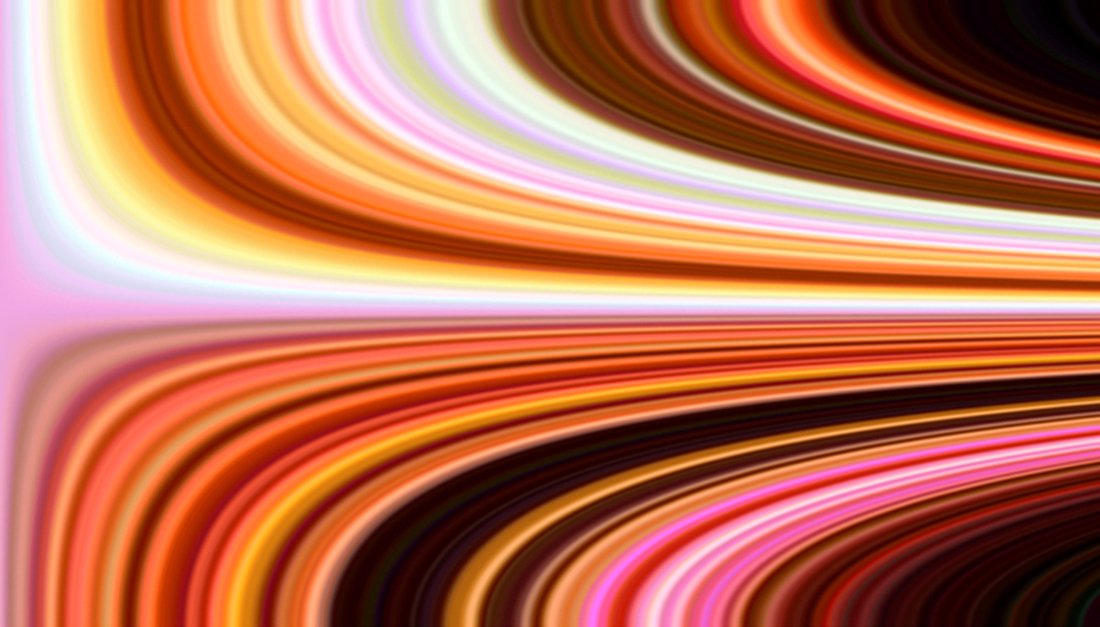Painter John Holt Smith, 44, grew up in Fort Worth surrounded not only by art but also by arty types. His stepfather was a dentist and contemporary art collector who visited New York galleries in the 1960s and ’70s and began snapping up prints and minor works by Warhol, Rauschenberg, and Stella before most people in Cowtown had ever heard those names. He’d take young John with him on visits to the studios of North Texas artists and hang out with the likes of Vernon Fisher and Dennis Blagg. The acclaimed Fort Worth painter Nancy Lamb was an occasional babysitter who’d sit and draw with John when he was only 4 years old. Later on, he rode his bike to the Amon Carter and the Kimbell to sketch from the works of Western masters. From the beginning, his attention was divided between realistic and abstract schools of art.
“I had a split personality,” he said. “One day I was trying to draw realistic-looking trees like da Vinci, and the next I might paint an odd-looking rectangle in a certain color, my own version of a Frank Stella.”
Smith went on to study painting at the University of California at Santa Barbara and lived in the thick of the New York visual art scene for seven years before returning to his hometown in 1998 and opening a studio on North Main Street behind Joe T. Garcia’s. He made his name and his living as a portrait artist, commissioned to paint people and landscapes with varying degrees of realism. But that lifelong tension between the urge to create abstract versus representational imagery continued.
Around 2002, he experienced something of an artistic “eureka!” moment: He took a picture of his wife’s face and Photoshopped different sections of it, pulling and twisting the samples like taffy into a series of vertical, intensely colorful pixel lines. He quickly realized they resembled strands of DNA or the light spectrum photos in the field of spectroscopy, the scientific study of how matter interacts with energy as visible light in space. Back in high school, he’d loved how the spectroscopic pictures that his teacher showed him in science class reminded him of the abstract paintings that his stepfather collected.
Smith saw the striations of varied hues that he initially created from his wife’s photo as her “signature,” a kind of visual statement of her identity in the natural world. His current show at William Campbell Contemporary Art, Infinite Bloom, is a collection of such signatures and essences rendered as acrylic paintings on aluminum panels and prints on archival paper. They hum and crackle with bright, candy-colored lines and bands that merge and contrast with his delicate, detailed use of airbrushes to create edges both sharp and soft. His sequence paintings are generated from source photographs of wildflowers, human eyes, and outer-space phenomena like the galaxies and gas clouds captured by NASA’s Hubble Space Telescope.
“The colors and proportions [of the work] are chosen by nature,” Smith said. “But I choose what in the photo I want to focus on, so I’m not subject to the whims of chance. I stretch out the small rows of pixels vertically or horizontally [with computer software] until what I’ve got is an altered digital image [of the original]. I’ll choose to make either a painting or a print from it, though a painting requires that I also make a print to copy from.”
Of his methods and approach, he said, “This is a way for me to understand nature. There’s what we think we see, and then there’s what really exists in the natural world. In a process like this, you discover that even if you’ve looked at something a thousand times, there are all kinds of colors you didn’t expect.”
But the relationship between art and nature is always a complicated one, Smith acknowledges. After all, those trippy Hubble photos of swirling, exploding stars that he uses in his work were color-treated by graphic artists before NASA released them to the public. Scientists insist the Hubble pics have been recreated to the chromatic specifications of what a viewer floating in space would actually see with his or her naked eye. Still, some manipulation was required.
“I feel a kinship with that [need to alter and manipulate],” Smith said. “I learned as a portrait painter that you can’t always be completely faithful to a photograph or subject. Your goal is to capture the essence.”











